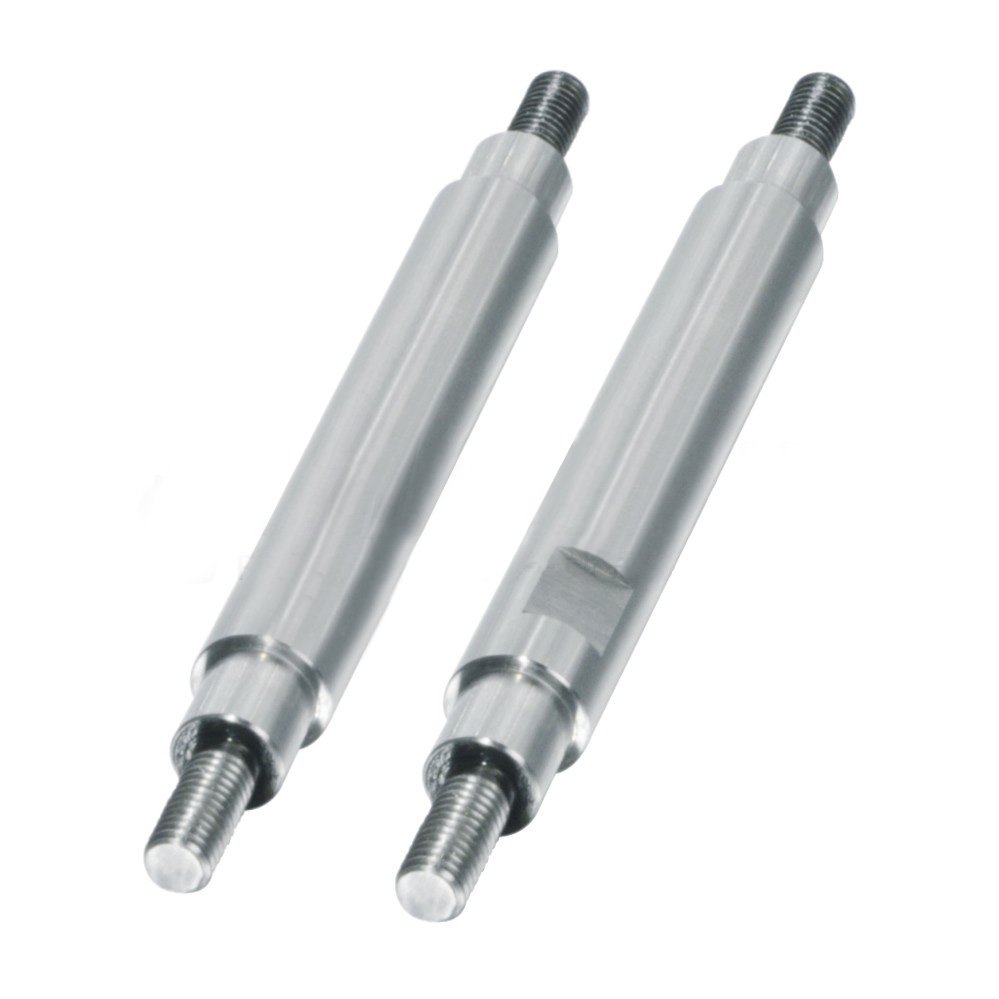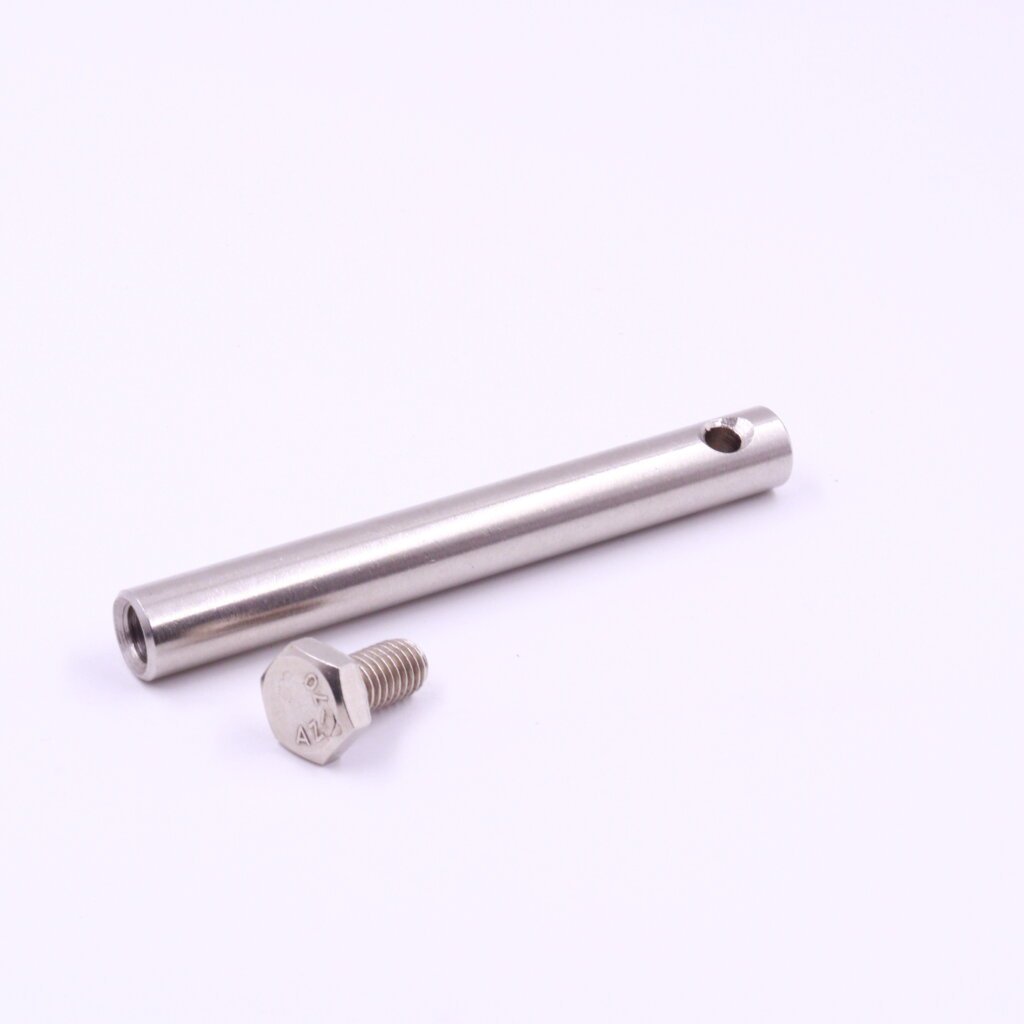In the world of linear motion systems, RoundRail is a critical component that ensures smooth, precise, and reliable movement in a wide range of applications. From industrial automation to medical devices, RoundRail systems are designed to meet the highest standards of accuracy and durability. This article provides a comprehensive overview of RoundRail, including its definition, classification, features, applications, and key considerations for selection and installation. By the end, you’ll have a clear understanding of why RoundRail is a preferred choice for engineers and designers.
What is RoundRail?
RoundRail, also known as a linear guide shaft or linear shaft, is a high-precision cylindrical component used in linear motion systems. It is typically paired with linear bearings or bushings to provide smooth and accurate movement. RoundRail is widely used in applications requiring precise linear motion, such as automation equipment, medical devices, and semiconductor manufacturing.
Key Features of RoundRail
- High Precision: Designed to meet tight tolerances, ensuring smooth and accurate linear motion.
- Durability: Surface treatments like chrome plating or nickel coating enhance wear resistance and corrosion resistance.
- Versatility: Available in various shapes and configurations to suit different applications.
- Customizability: Can be tailored with additional features such as keyways, grooves, or special coatings.
Classification of RoundRail
RoundRail can be classified based on precision levels and shapes:
1. By Precision Level
- Standard Grade (f8): Suitable for general applications where high precision is not critical.
- Precision Grade (g6): Designed for high-precision applications requiring tight tolerances.
2. By Shape
- Straight Shaft: The most common type, used in standard linear motion systems.
- Threaded Shaft: Features internal or external threads for specific mounting requirements.
- Stepped Shaft: Includes multiple diameters for applications requiring varying shaft sizes.
- Hex Shaft: Features a hexagonal cross-section for applications requiring torque transmission.
- Double-Hole Shaft: Includes internal threads and holes for specialized mounting.
- Tapered Shaft: Designed for applications requiring a conical shape.
Applications of RoundRail
RoundRail is used across a wide range of industries due to its precision and reliability. Below are some of its most common applications:
1. Industrial Automation
RoundRail is widely used in automated machinery, where precise linear motion is critical for tasks like pick-and-place operations, assembly lines, and material handling.
- Example: A robotic arm in an automotive assembly line uses RoundRail to ensure smooth and accurate movement during part placement.
2. Semiconductor Manufacturing
In the semiconductor industry, RoundRail systems are used in equipment like wafer handlers and inspection machines, where precision and cleanliness are paramount.
- Example: A wafer inspection machine uses RoundRail to achieve micron-level accuracy during the scanning process.
3. Medical Devices
RoundRail is a key component in medical equipment such as imaging systems, surgical robots, and diagnostic devices, where reliability and precision are essential.
- Example: A surgical robot uses RoundRail to ensure precise movement during minimally invasive procedures.
4. Food and Beverage Industry
RoundRail systems are used in food processing equipment, where they must withstand harsh environments and meet strict hygiene standards.
- Example: A packaging machine uses RoundRail to ensure smooth and consistent movement during the filling and sealing process.
Features of RoundRail
RoundRail offers several features that make it a preferred choice for linear motion applications:
1. Excellent Guidance
When paired with linear bearings or bushings, RoundRail provides smooth and precise linear motion, making it ideal for applications requiring high accuracy.
2. Surface Treatments
RoundRail can be surface-treated with chrome plating, nickel coating, or black oxide to enhance wear resistance, corrosion resistance, and durability. Surface hardness can reach up to 850HV1, ensuring long-term performance.
3. Customizability
RoundRail can be customized with additional features such as keyways, grooves, or special coatings to meet specific design requirements. This makes it suitable for a wide range of applications.
4. High Precision
RoundRail is manufactured to meet tight dimensional and geometric tolerances, making it suitable for high-precision applications.
Selection and Installation of RoundRail
When selecting and installing RoundRail, consider the following factors:
1. Material Selection
- Stainless Steel: Ideal for applications requiring corrosion resistance, such as food processing or medical devices.
- Carbon Steel: Suitable for general industrial applications where high strength is required.
2. Surface Treatment
- Chrome Plating: Enhances wear resistance and provides a smooth surface for low-friction motion.
- Nickel Coating: Offers additional corrosion resistance and durability.
3. Alignment and Installation
- Ensure proper alignment of RoundRail shafts to prevent binding or uneven wear.
- Use precision mounting blocks or supports to maintain parallelism and alignment.
4. Lubrication and Maintenance
- Regularly lubricate RoundRail systems to reduce friction and extend their lifespan.
- Inspect for signs of wear or damage and replace components as needed.
Common Issues and Solutions
1. Reduced Hardness at Shaft Ends
- Issue: The ends of RoundRail shafts (within 10 cm of threaded sections) may experience reduced hardness due to annealing effects during machining.
- Solution: Specify full-length heat treatment or surface treatment if hardness is critical for the entire shaft.
2. Limited Surface Treatment Coverage
- Issue: Standard RoundRail shafts may not have surface treatment (e.g., chrome plating) on machined areas like threads, grooves, or holes.
- Solution: Request full-length surface treatment if required for your application.
3. Corrosion
- Issue: Non-plated RoundRail shafts (e.g., SUJ2 or S45C materials) are prone to rust if not properly maintained.
- Solution: Apply anti-rust oil during storage and installation, and perform regular maintenance.
Conclusion
RoundRail is a versatile and reliable solution for linear motion applications across a wide range of industries. Its precision, durability, and customizability make it an ideal choice for engineers and designers seeking high-performance linear motion components. Whether you’re working in industrial automation, semiconductor manufacturing, or medical devices, RoundRail can help you achieve smooth, accurate, and reliable motion in your applications.









